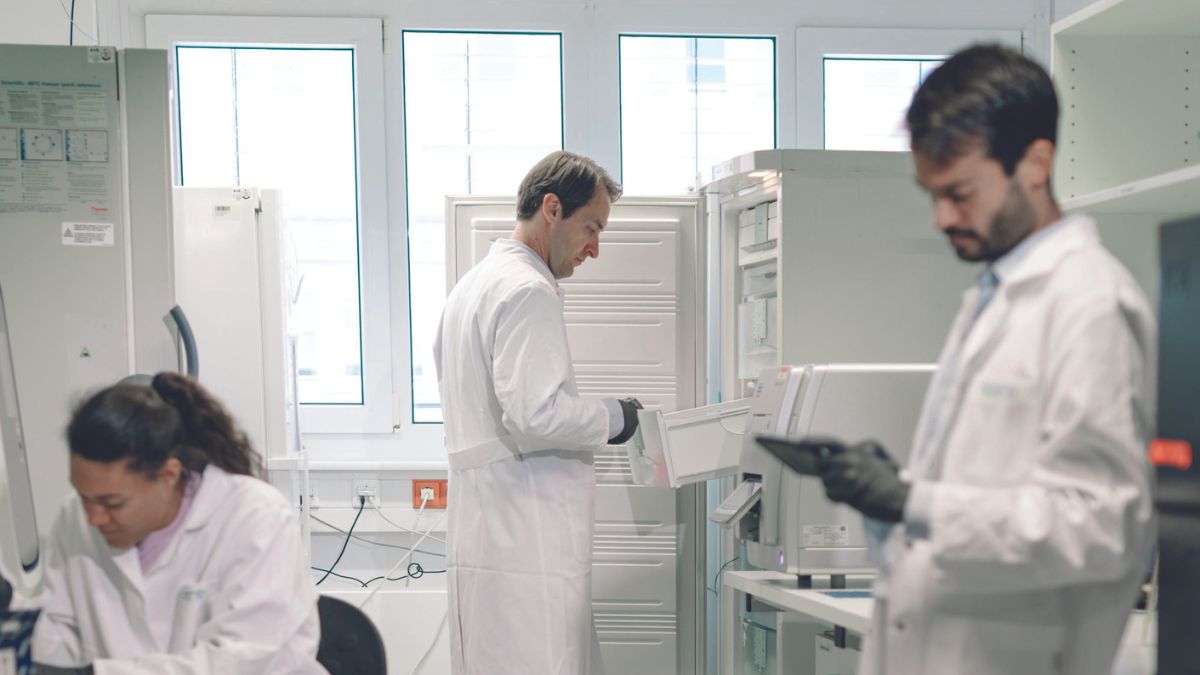

Several tests that detect cancer early from whole blood are entering the market. But instead of analyzing only tumor-derived DNA or RNA shed into the bloodstream, Hummingbird Diagnostics’ test also captures a signal from the immune reaction. Chief Technology Officer, Rastislav Horos, explains how using certain technologies has boosted the test performance and why they focused all efforts on small RNAs.
Small RNAs reflect essentially the biology of, for example, developing tumor or inflamed tissue.
Rastislav Horos, D.V.M, Ph.D., Chief Technology Officer, Hummingbird Diagnostics
We teamed up with NGS team from QIAGEN and we co-developed a FastSelect reagent customized to our purposes.
Rastislav Horos, D.V.M, Ph.D., Chief Technology Officer, Hummingbird Diagnostics
The analysis of NGS data allowed us to identify a handful of small RNAs which can predict, with a very high accuracy, lung cancer.
Rastislav Horos, D.V.M, Ph.D., Chief Technology Officer, Hummingbird Diagnostics
Not only does dPCR provide the sensitivity we need, but it also enables de-centralized testing to serve the widest patient communities and advance our fight against the deadliest cancer.
Rastislav Horos, D.V.M, Ph.D., Chief Technology Officer, Hummingbird Diagnostics
September 2023





